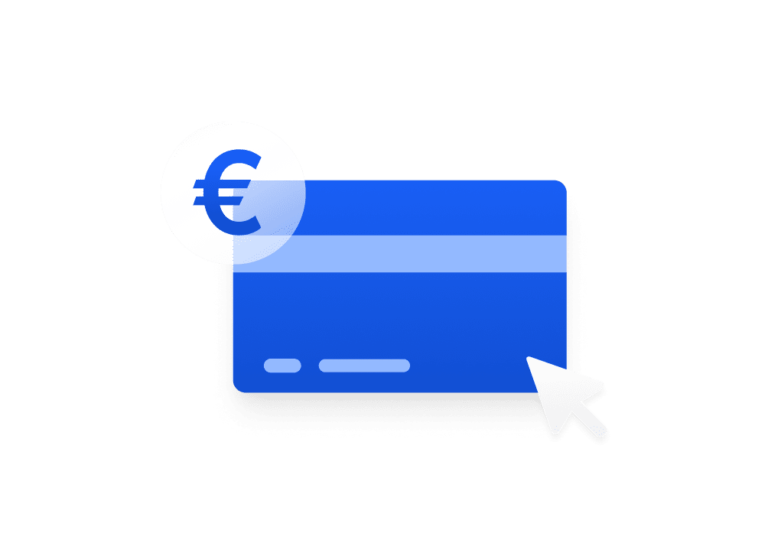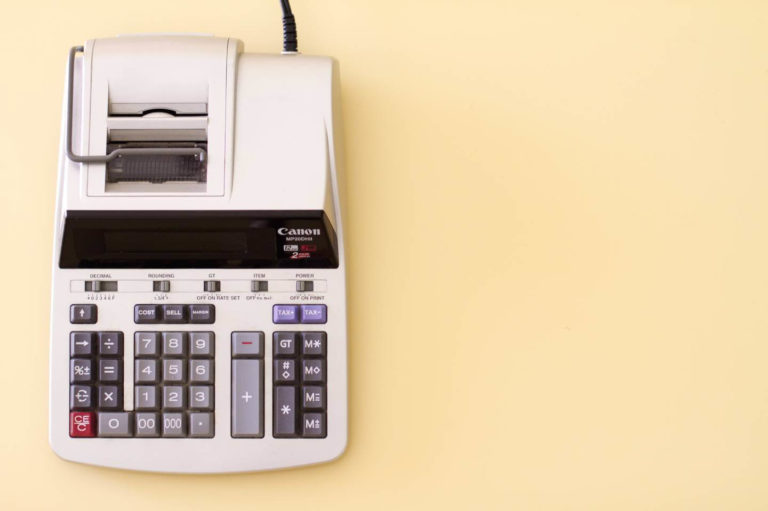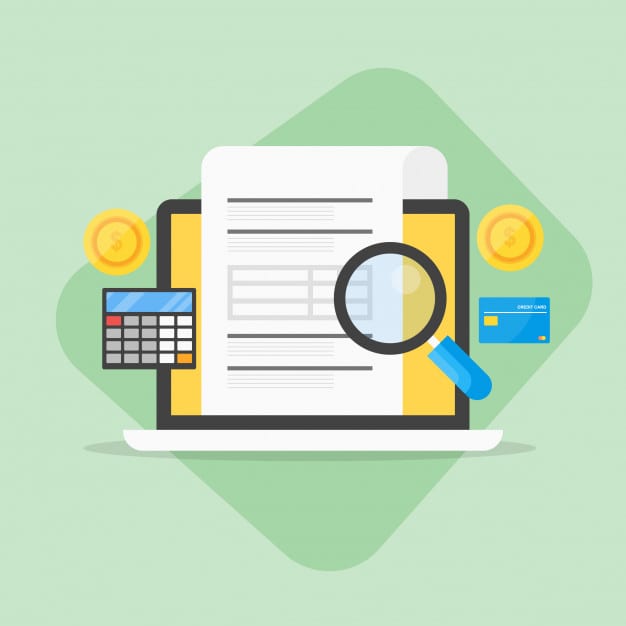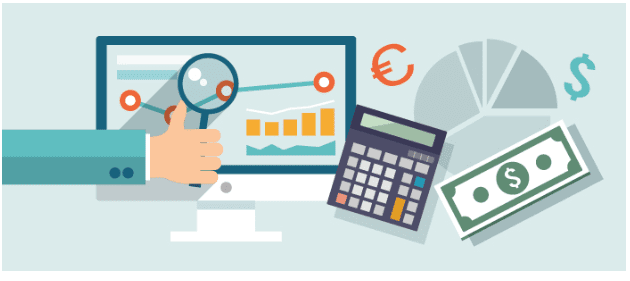Are you having invoice issues? Late payments becoming a normality? It’s unfortunately a frustrating reality for many small business owners. It’s reported that 64 percent of small business have unpaid invoices more than 60 days old, I bet you’re asking … can I change this reality? Having a well prepared and structured invoicing system may just be the key.
When you send a bill to a client, you want to make an impression. The invoice needs to look great, and it needs to display clearly the invoicing information in a professional and accessible way.
It’s important to note: having a smart invoicing process strategy will make cash flow problems a thing of the past. Consider the following when creating your strategy;
- You will need to set invoice terms and take them seriously, make a point of getting your client to agree to them and honour them.
- Do NOT delay, invoice your client when you agreed that you would.
- Keep accurate record. Invoicing becomes much easier when you know exactly what you’re charging for.
So, how can you create invoices and get paid faster?
Every invoice is the same right? Well, not quite. There are a few requirements that go into creating the perfect invoice – one that will get you paid on time! Here’s what you need to include:
- Number each one
Every invoice should have a unique identifier to help you track what has been paid and what’s outstanding.
- Include the PO number (if applicable)
If you’re dealing with a larger client, you’ll definitely be aware of the purchase order (PO). Be sure to obtain this from your client as soon as possible and include it in your invoice so they can process it quicker.
- Provide detailed information about your product/service
Be sure to include the details of the project, the date the project was completed, the total cost (including applicable taxes), and any additional services that were requested by your client.
- If you can itemise, then do it
If the project involved sub-parts or additional add-ons, you could break these down and highlight what each sub-part was worth. This helps demonstrate the value you delivered.
- Attach the original signed contract
If you’re invoicing a client for the first time, it’s worth attaching the original signed contract or statement of work, just to be completely transparent.
- Offer online payment
Online payments are a part of our daily consumer lives; everyone is familiar with how to purchase something online. Naturally, business who offer online payment are more likely to get paid earlier.
Smart invoicing isn’t rocket-science, and it’s something all business owners, large or small, can integrate into their business processes. As your business is growing, consider an online accounting system that can save you time. Holded’s Invoicing software allows you to customise your invoices to suit your needs, send them in a few easy steps and receive payment online.











